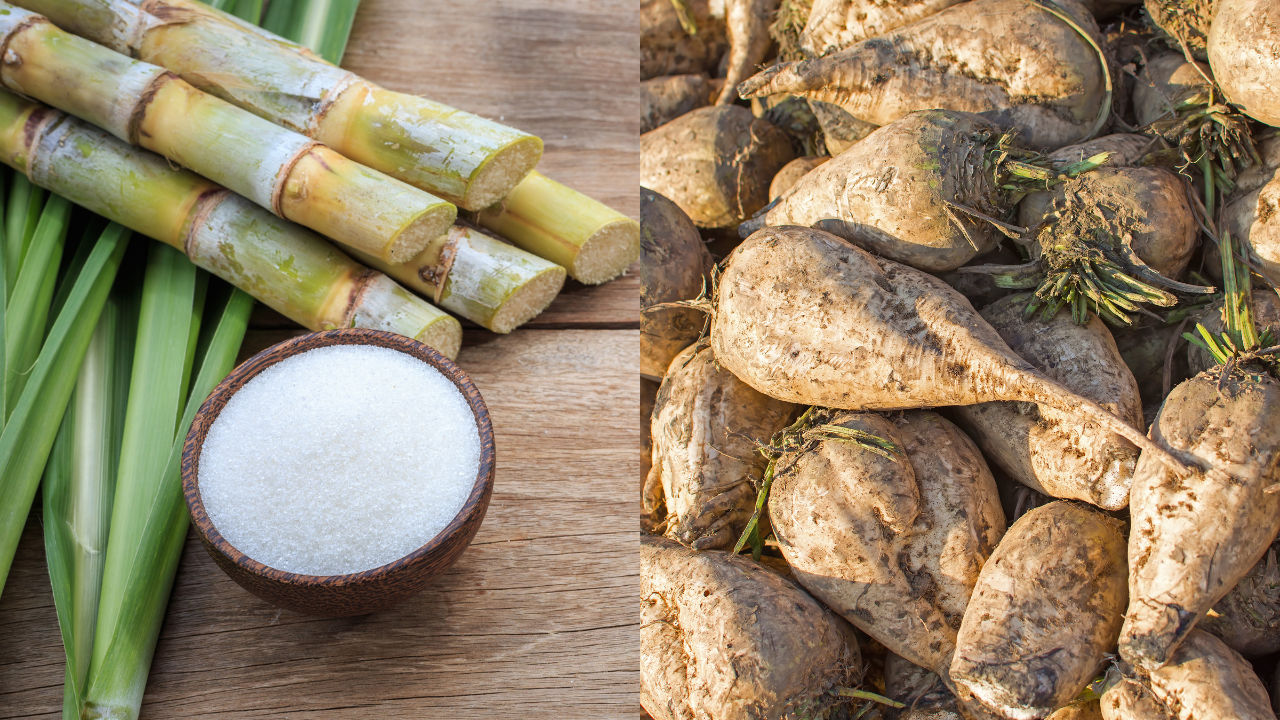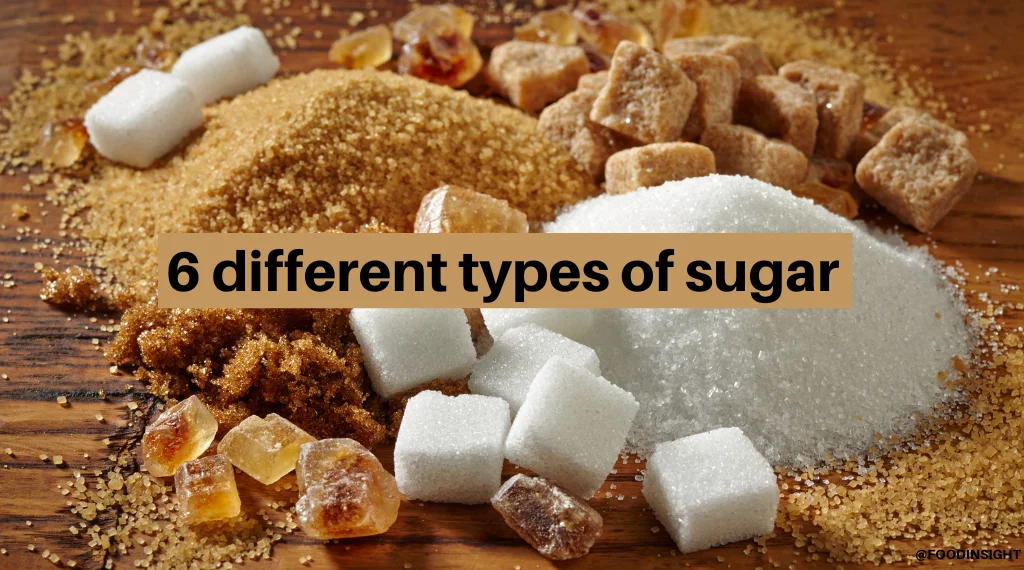Understanding the Nutritional Conveniences of Beet Sugar Vs Walking Stick Sugar for Health Conscious Customers
When taking a look at the nutritional implications of beetroot sugar versus walking stick sugar, health-conscious consumers locate that both varieties primarily are composed of sucrose and offer comparable caloric worths, each contributing around 16 calories per tsp. Regardless of this similarity, neither kind confers significant health and wellness benefits, as they are without important nutrients. Exploring the more comprehensive impacts, consisting of environmental factors to consider and long-lasting health and wellness results of sugar intake, could illuminate extra nuanced differences in between these two sugars.
Nutritional Account and Caloric Worth of Beet Sugar and Walking Stick Sugar
Although both beet sugar and walking cane sugar are mainly composed of sucrose, their dietary profiles and calorie worths are incredibly similar. Each provides about 16 calories per teaspoon and consists virtually totally of carbs, with minimal amounts of healthy protein or fat. These sugars also lack substantial amounts of vitamins or minerals. The refinement process remove most of the integral nutrients, making both types virtually identical in terms of nutrition. There are trace distinctions in the pollutants that remain after handling, which can a little affect the taste and shade of the sugars, yet these are negligible in regards to wellness effect. For customers focusing on dietary influence, the option between beetroot and cane sugar is much more about personal preference or possible ecological concerns instead of nutritional distinctions. Both need to be eaten in moderation within a balanced diet plan as a result of their high caloric web content and lack of important nutrients (beet sugar vs cane sugar).
Environmental Influence and Sustainability of Sugar Manufacturing
While the dietary distinctions in between beet sugar and walking cane sugar are very little, their production procedures provide even more significant differences, specifically in terms of ecological impact and sustainability. Walking go to my blog stick sugar manufacturing commonly includes extensive land use and deforestation, which adds to environment damage and biodiversity loss. This agriculture is additionally connected with high water usage and water contamination because of the drainage of chemicals and fertilizers. In contrast, beet sugar manufacturing commonly calls for less land and can be grown in even more temperate environments, which may lower the need for watering and the involved water resource deficiency.
Nonetheless, beet growing is not without its ecological challenges; it involves considerable power inputs, especially in the northern climates where it is expanded, as a result of the need for longer home heating periods in sugar handling. Both sugar beet and sugar walking cane industries are discovering much more sustainable practices, including plant rotation, natural farming, and improved waste management techniques to mitigate these influences.
Health And Wellness Consequences and Recommendations for Sugar Usage
Despite their minimal nutritional distinctions, both beetroot sugar and walking stick sugar can have destructive wellness effects when eaten in excess. High consumption of either sort of sugar adds to a range of health and wellness concerns, consisting of weight problems, type 2 diabetic issues, and heart illness. Both sugars are pure sucrose and offer no crucial nutrients besides calories, resulting in quick click this spikes in blood sugar level degrees upon intake.


Conclusion
